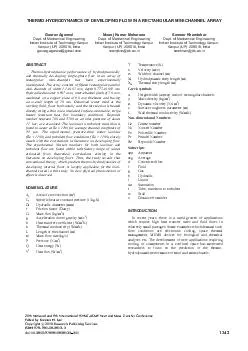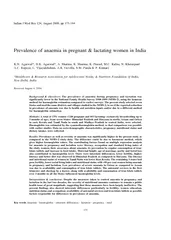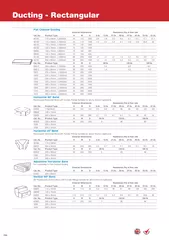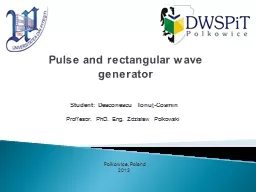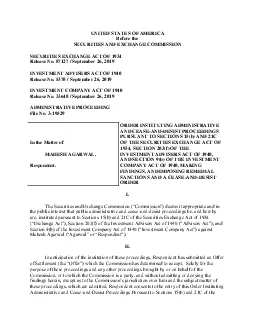PDF-THERMOHYDRODYNAMICS OF DEVELOPING FLOW IN A RECTANGULAR MINICHANNEL ARRAY Gaurav Agarwal
Author : cheryl-pisano | Published Date : 2014-12-27
of Mechanical Engineering Indian Institute of Technology Kanpur Kanpur UP 208016 India gauragagarwalgmailcom Manoj Kumar Moharana Dept of Mechanical Engineering
Presentation Embed Code
Download Presentation
Download Presentation The PPT/PDF document "THERMOHYDRODYNAMICS OF DEVELOPING FLOW I..." is the property of its rightful owner. Permission is granted to download and print the materials on this website for personal, non-commercial use only, and to display it on your personal computer provided you do not modify the materials and that you retain all copyright notices contained in the materials. By downloading content from our website, you accept the terms of this agreement.
THERMOHYDRODYNAMICS OF DEVELOPING FLOW IN A RECTANGULAR MINICHANNEL ARRAY Gaurav Agarwal: Transcript
Download Rules Of Document
"THERMOHYDRODYNAMICS OF DEVELOPING FLOW IN A RECTANGULAR MINICHANNEL ARRAY Gaurav Agarwal"The content belongs to its owner. You may download and print it for personal use, without modification, and keep all copyright notices. By downloading, you agree to these terms.
Related Documents

